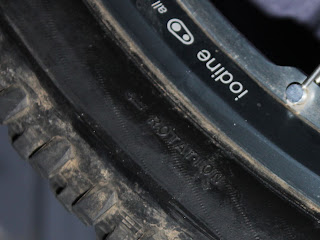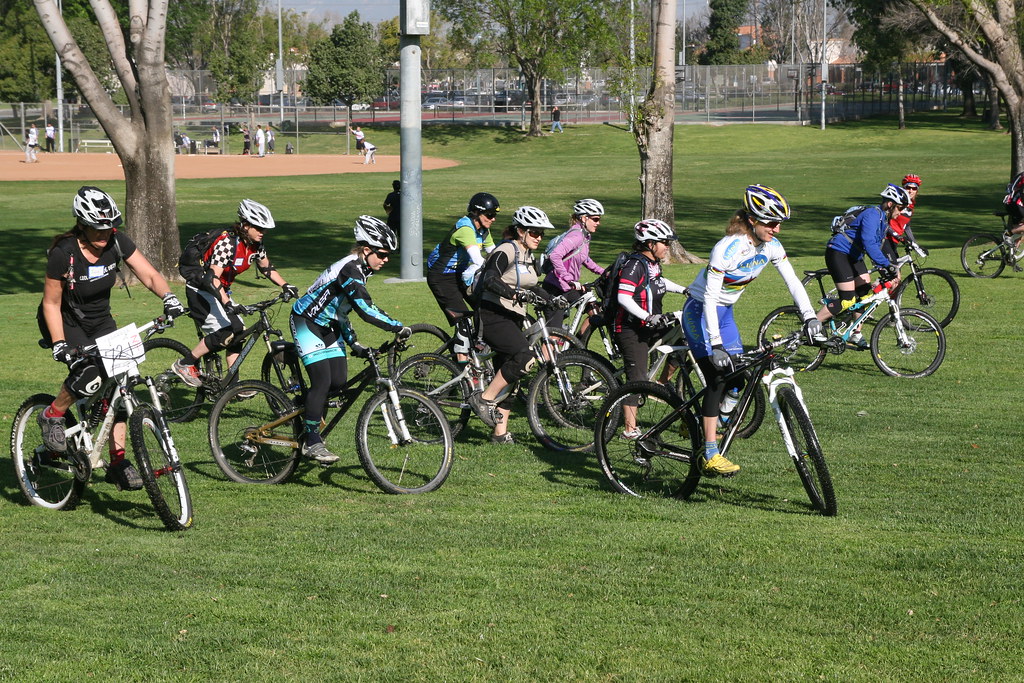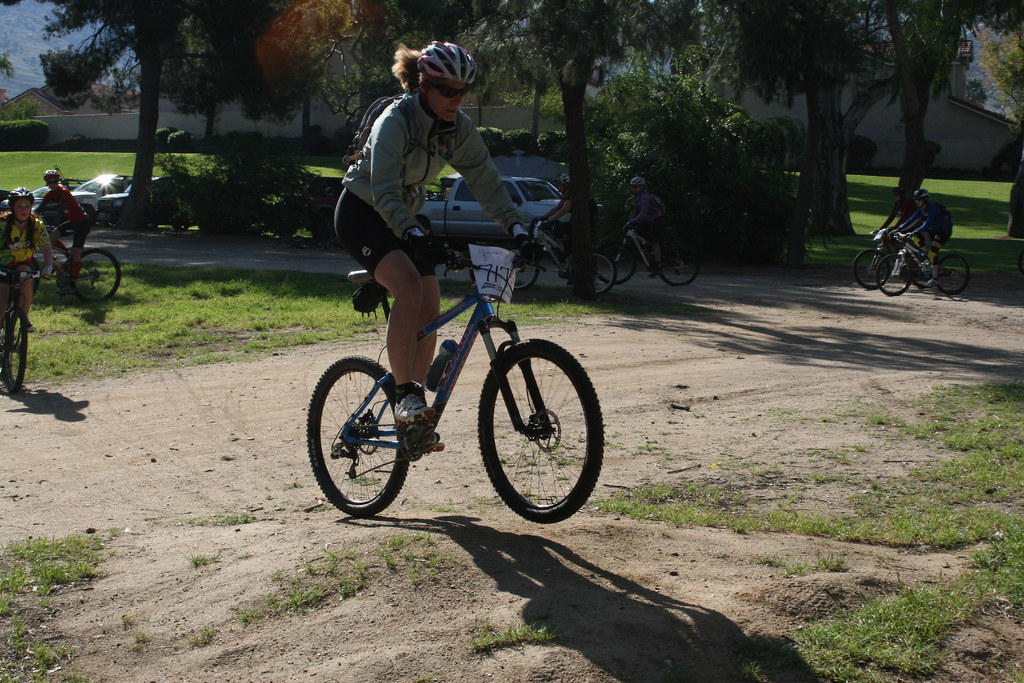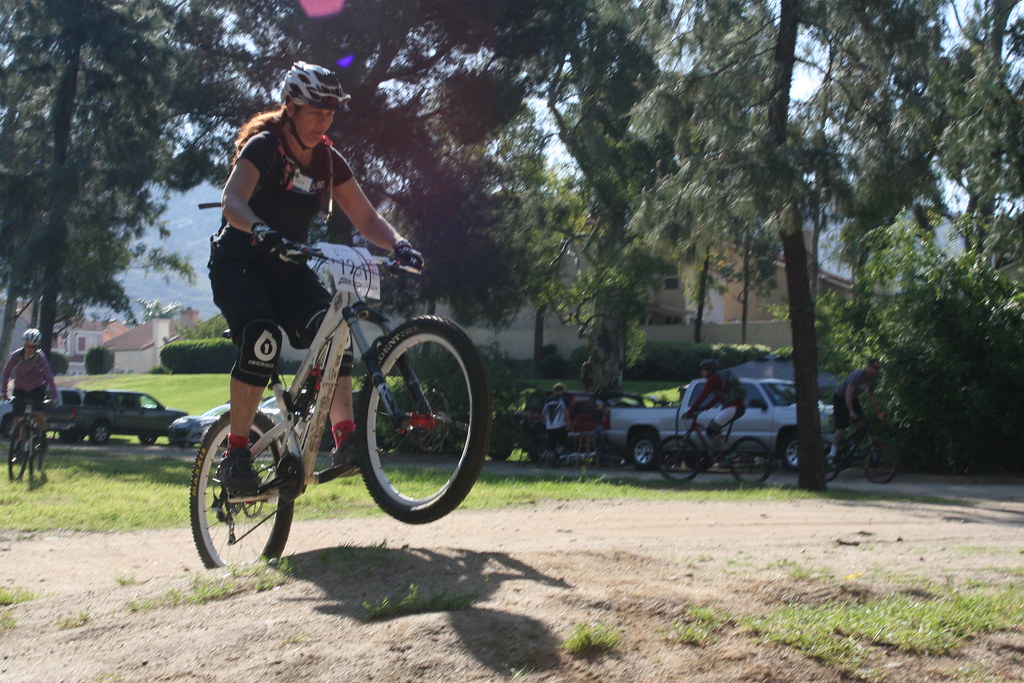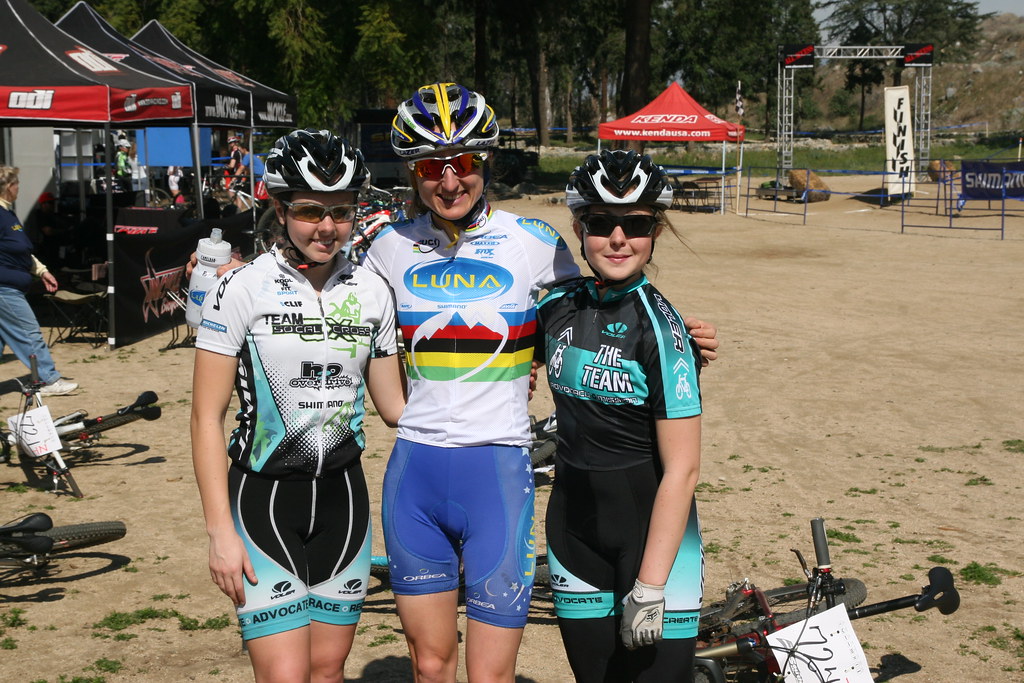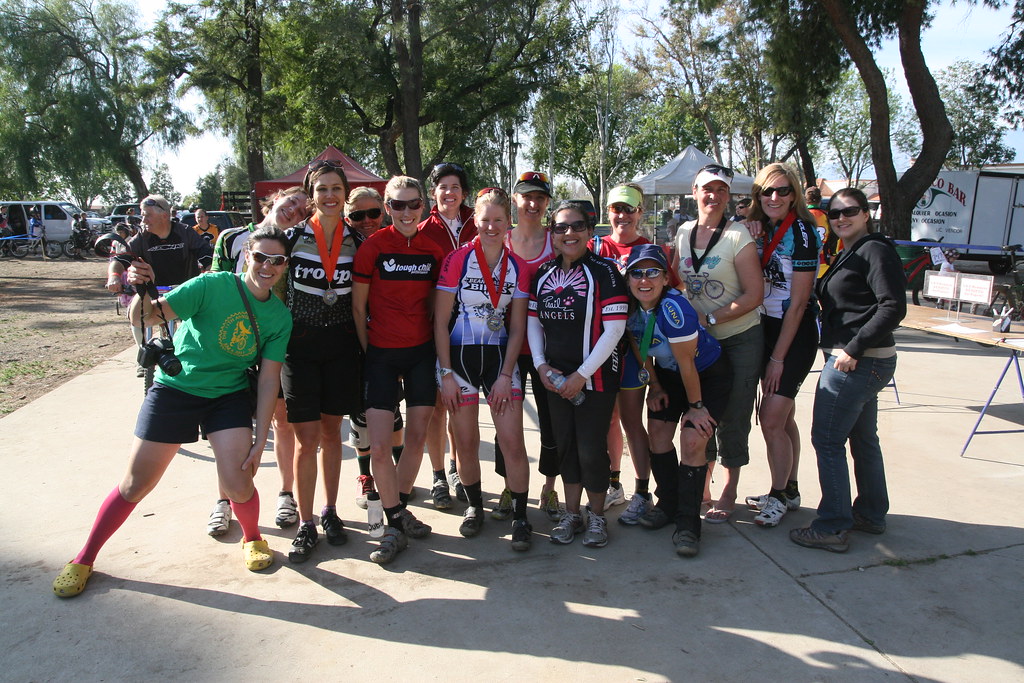Today for Veteran's Day, Jane and I went to the Veteran's Day Parade in downtown San Diego. Any time we salute our veterans or or thank them in any way, I explain to Jane that these men and women all fought with Captain America against the bad guys, and that it's important that we say thank you, and recognize them as heroes.
Only once before had I been to a San Diego Veteran's Day parade, and I forgot how much of a hometown feel there is to it. Everyone is right there close enough to speak to. As we waved at people, we were close enough to tell them "thank you," and hear them respond.
We were not far from a corner near the end of the parade route, so occasionally the parade would stop in front of us, waiting for a group to turn the corner. At one point, with a number of troops in front of us (vets of different ages), I was somewhat overcome and burst into a decent rendition of God Bless America.
I FULLY expected everyone to join in with me, as I had envisioned a crowd singing together with voices united in a big Veteran's Day warm fuzzy moment. Of course, I got to the end of the song and realized that the only ones who had joined in were the troops in front of us, who, by the end of the song, had turned the corner and were gone. I was singing solo on the streets of downtown San Diego. No matter, I was in the Veteran's Day groove.
I FULLY expected everyone to join in with me, as I had envisioned a crowd singing together with voices united in a big Veteran's Day warm fuzzy moment. Of course, I got to the end of the song and realized that the only ones who had joined in were the troops in front of us, who, by the end of the song, had turned the corner and were gone. I was singing solo on the streets of downtown San Diego. No matter, I was in the Veteran's Day groove.
As the parade passed by and some of the older Vets walked alongside the parade shaking hands with kids, I encouraged Jane to go up and shake hands or even give a hug to a veteran. One older man, obviously a VietNam Vet with a big welcoming smile and easy manner was shaking hands with the kids as he passed. I told Jane she should give him a hug. As she walked toward him with her arms outstretched and he realized what was happening, he hugged her back and almost burst into tears. After he passed, I told Jane that she really made his day.
A few minutes later, a Navy unit was passing by, and stopped in front of us. I told Jane to run up and shake the hand of the man standing alongside the rows of men and women. Evidently it was a good choice, because she came back with a gold coin from the commanding officer of ARCO ARDM-5 - Medium Auxiliary Repair Dry Dock. She told me he was like Father Al. If the children ask our priest, Father Al, for a blessing at church (the proper way to greet a priest), he gives the children coins.
Jane was good for a little over an hour's worth of parade, then she was ready for something else. Since we were both hungry, we rode the bike (I had brought bike and Weehoo trailer so we could park anywhere) down to the Embarcadero and got pizza. While we were eating our pizza, I asked Jane what was her favorite part of the parade. She said, "All those peoples, and I got a flag, and that man, I made him's day."
Indeed. That was the best part of my day, too.
Mom - thanks for always encouraging us as kids to give a hug and a kiss to the veterans we saw, and to tell them thank you. I'll do my best to pass the torch to the next generation.
Veteran friends - thank you so much for your service, for enduring the bad food and ill-fitting clothing, the blisters, bug bites, the tedium of ill-informed superior officers, and all those things too terrible to mention. We love you so very much!
.jpg)
















